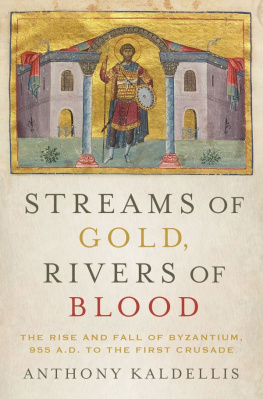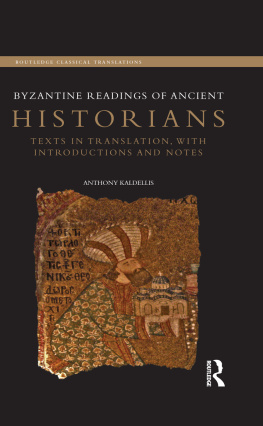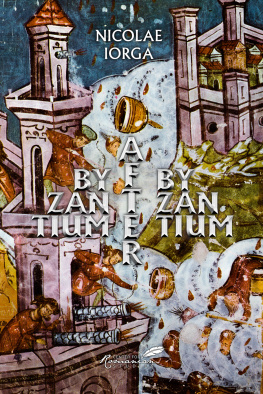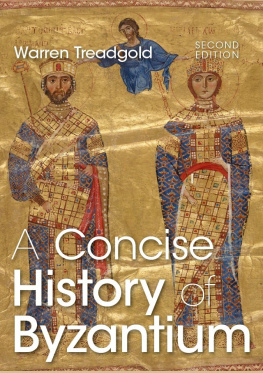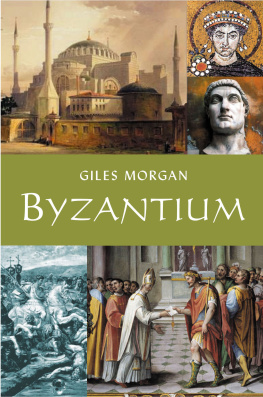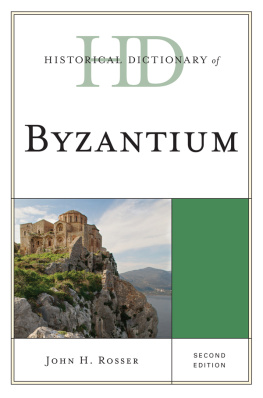Streams of Gold, Rivers of Blood
Onassis Series in Hellenic Culture

The Age of Titans: The Rise and Fall of the Great Hellenistic Navies
William M. Murray
Sophocles and the Language of Tragedy
Simon Goldhill
Nectar and Illusiovn: Nature in Byzantine Art and Literature
Henry Maguire
Adventures with Iphigenia at Tauris: A Cultural History of Euripides Black Sea Tragedy
Edith Hall
Beauty: The Fortunes of an Ancient Greek Idea
David Konstan
Euripides and the Gods
Mary Lefkowitz
Brother-Making in Late Antiquity and Byzantium: Monks, Laymen and Christian Ritual
Claudia Rapp
The Treasures of Alexander the Great: How One Mans Wealth Shaped the World
Frank L. Holt
The Serpent Column: A Cultural Biography
Paul Stephenson
Anna Komnene: The Life and Work of a Medieval Historian
Leonora Neville
Streams of Gold, Rivers of Blood: The Rise and Fall
of Byzantium, 955a.d.to the First Crusade
Anthony Kaldellis


Oxford University Press is a department of the University of Oxford. It furthers the Universitys objective of excellence in research, scholarship, and education by publishing worldwide. Oxford is a registered trade mark of Oxford University Press in the UK and certain other countries.
Published in the United States of America by Oxford University Press 198 Madison Avenue, New York, NY 10016, United States of America.
Oxford University Press 2017
All rights reserved. No part of this publication may be reproduced, stored in a retrieval system, or transmitted, in any form or by any means, without the prior permission in writing of Oxford University Press, or as expressly permitted by law, by license, or under terms agreed with the appropriate reproduction rights organization. Inquiries concerning reproduction outside the scope of the above should be sent to the Rights Department, Oxford University Press, at the address above.
You must not circulate this work in any other form
and you must impose this same condition on any acquirer.
Library of Congress Cataloging-in-Publication Data
Names: Kaldellis, Anthony, author.
Title: Streams of gold, rivers of blood : the rise and fall of Byzantium, 955 A.D.
to the First Crusade / Anthony Kaldellis.
Description: New York, NY : Oxford University Press, 2017. |
Includes bibliographical references and index.
Identifiers: LCCN 2016037388 | ISBN 9780190253226 (hardback) | eISBN 9780190253240
ISBN 9780190253240 (ebook)
Subjects: LCSH: Byzantine EmpireHistory5271081. |
Byzantine EmpireHistory10811453.
Classification: LCC DF591 .K36 2017 | DDC 949.5/02dc23
LC record available at https://lccn.loc.gov/2016037388
to the memory of all who have perished crossing the Aegean in
hope of a life without war, and to the islanders who have so
desperately tried to aid them
CONTENTS
PART I Conquest and
Consolidation
Avengers of Rome: The First Phase of
Conquest in the East (955963)
The cast of the conquest: The final
years of Konstantinos VII (d. 959)
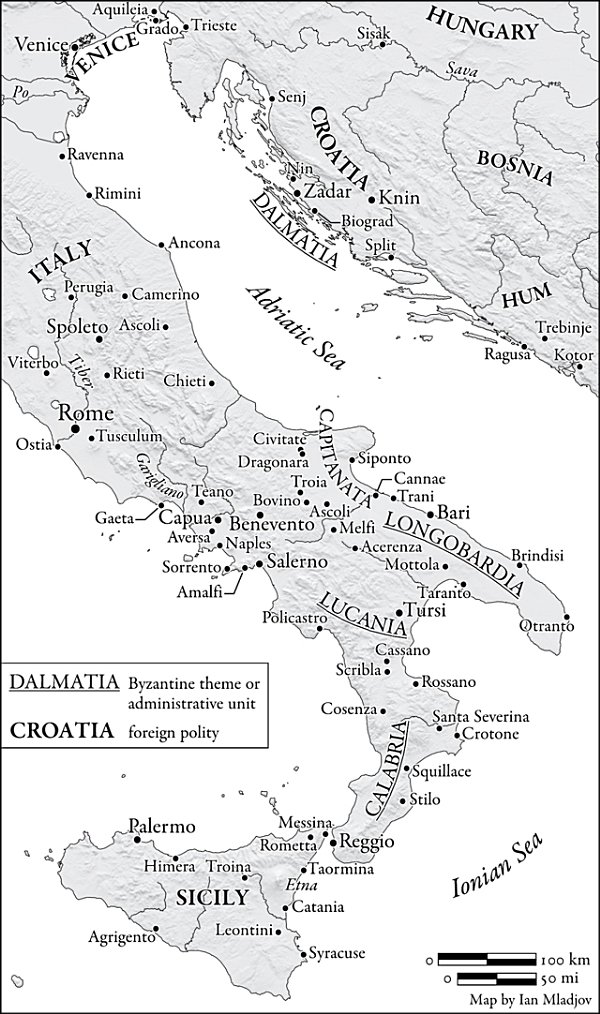
Map 1 Byzantine Italy
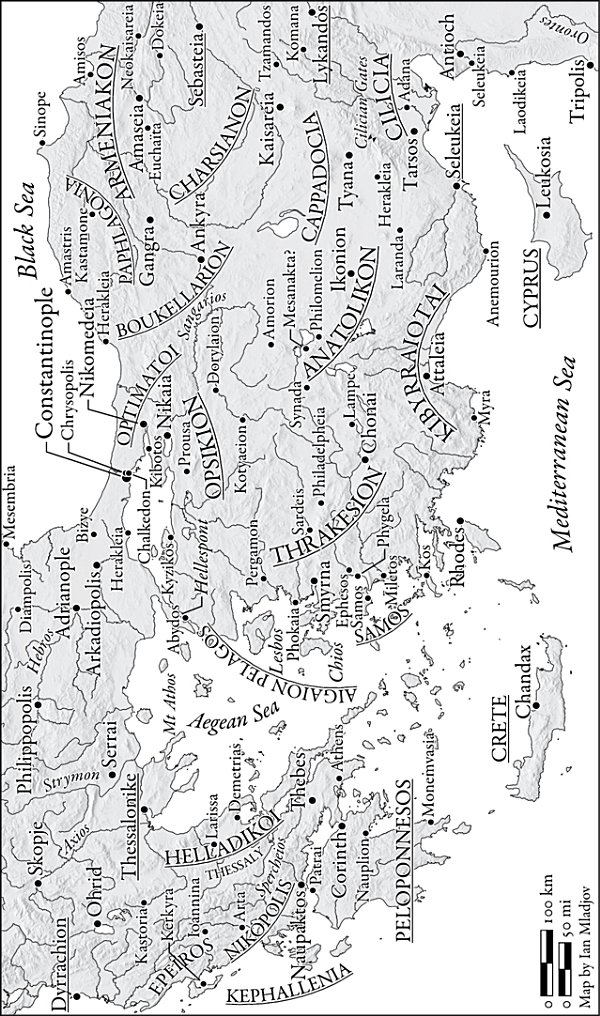
Map 2 Byzantine Greece and Asia Minor
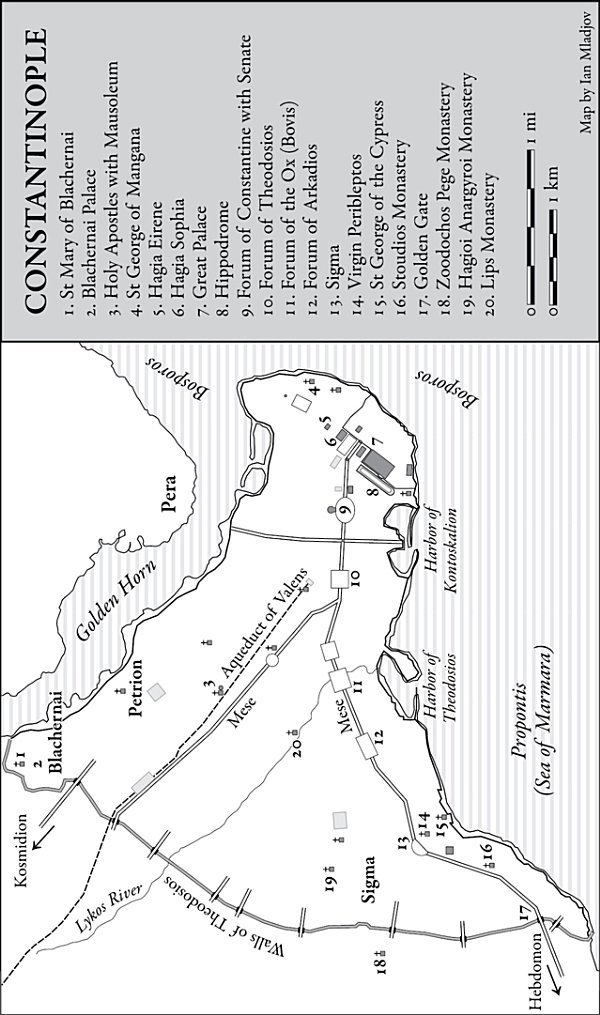
Map 3 Constantinople
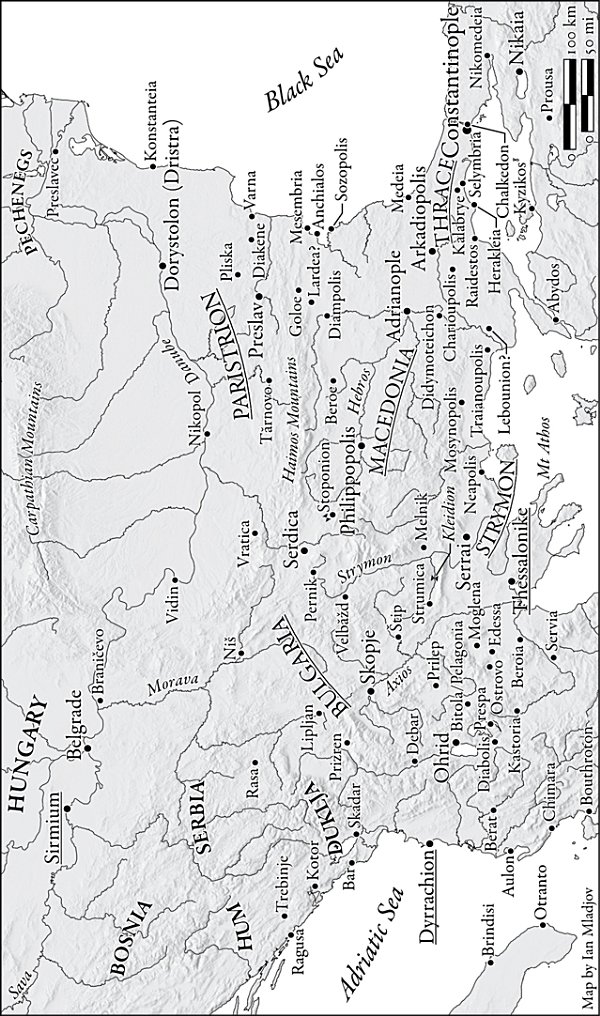
Map 4 The Balkans
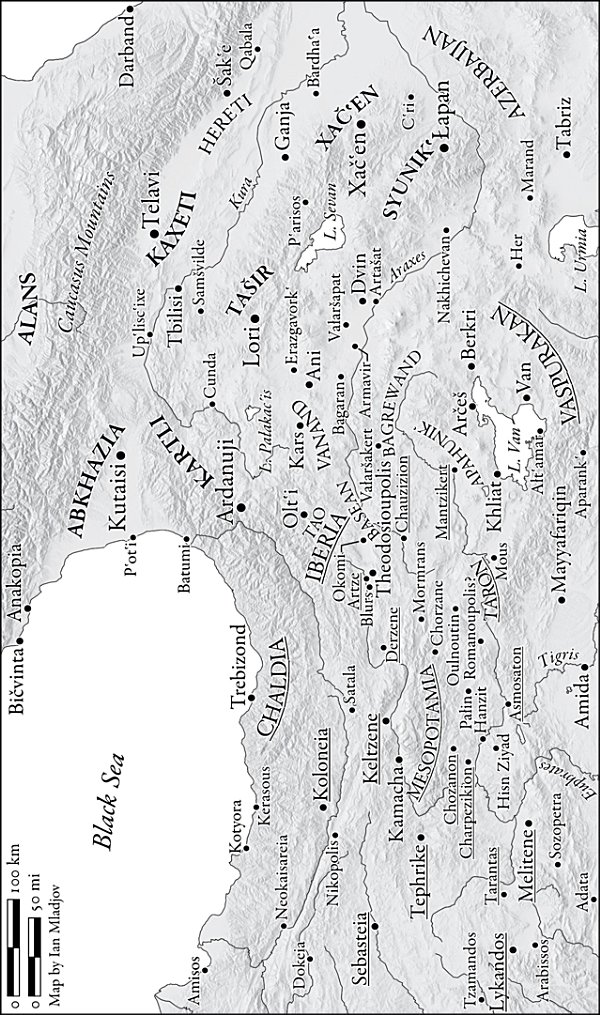
Map 5 The Caucasus themes and principalities
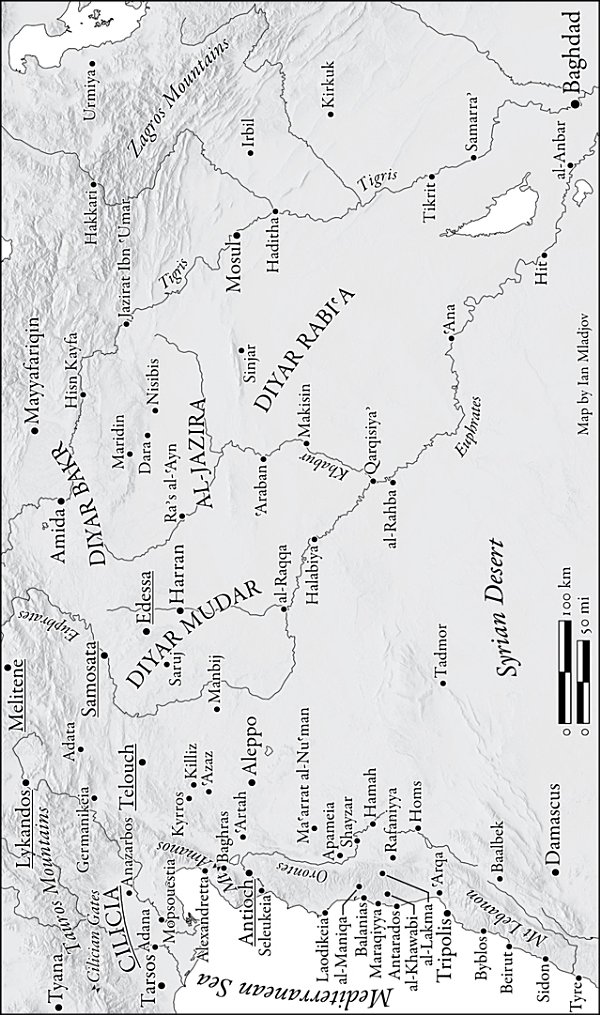
Map 6 Northern Syria and Mesopotamia
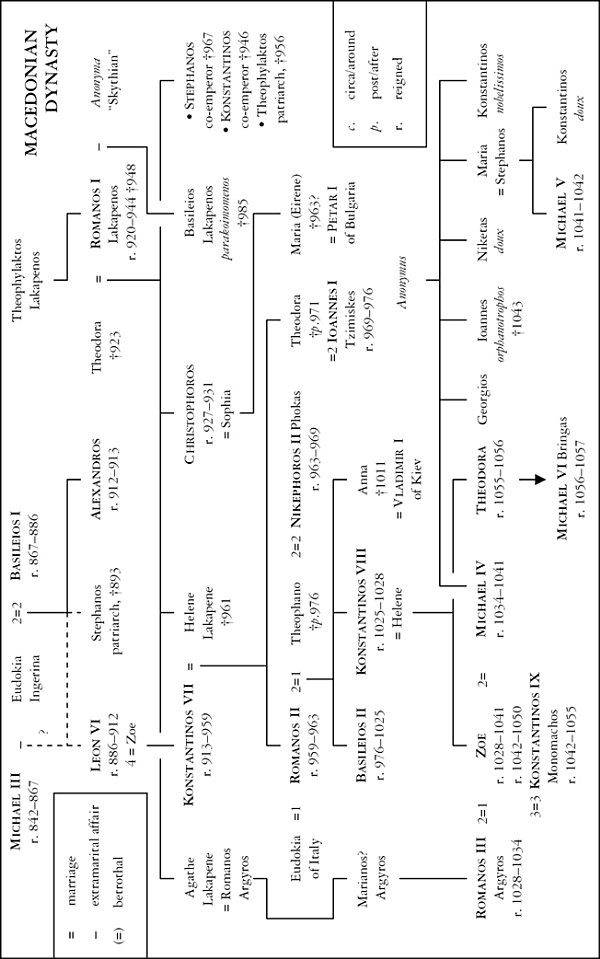
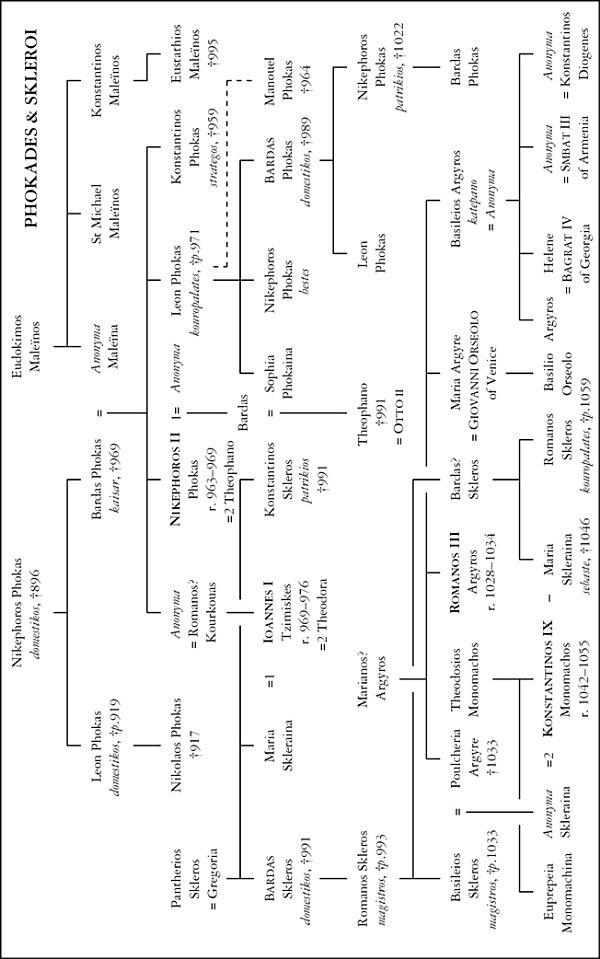
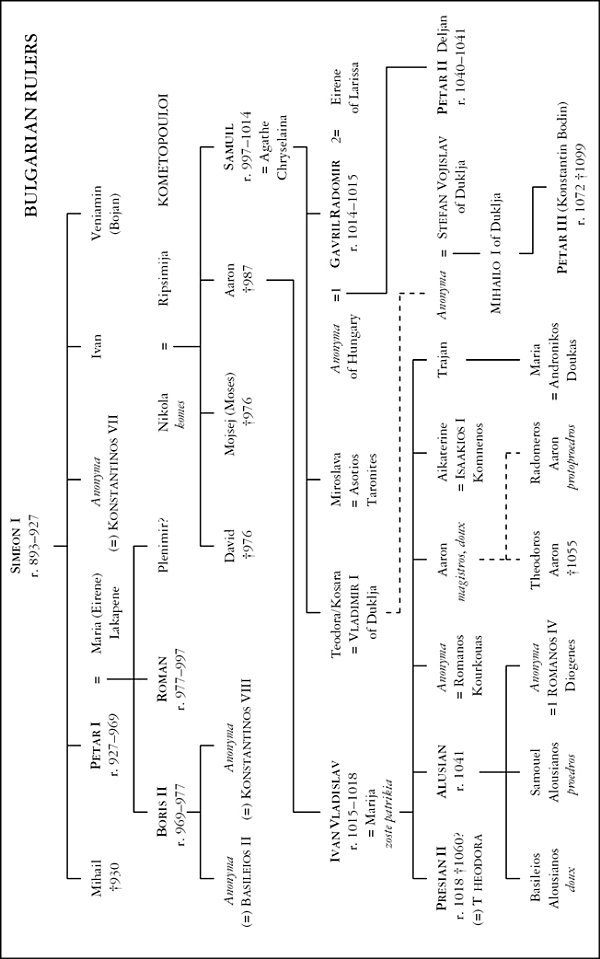
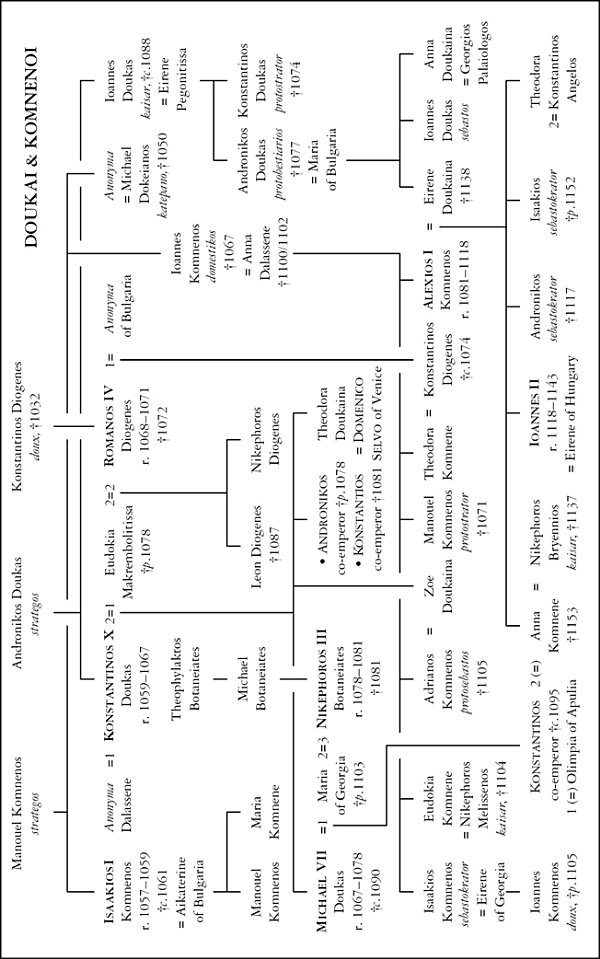
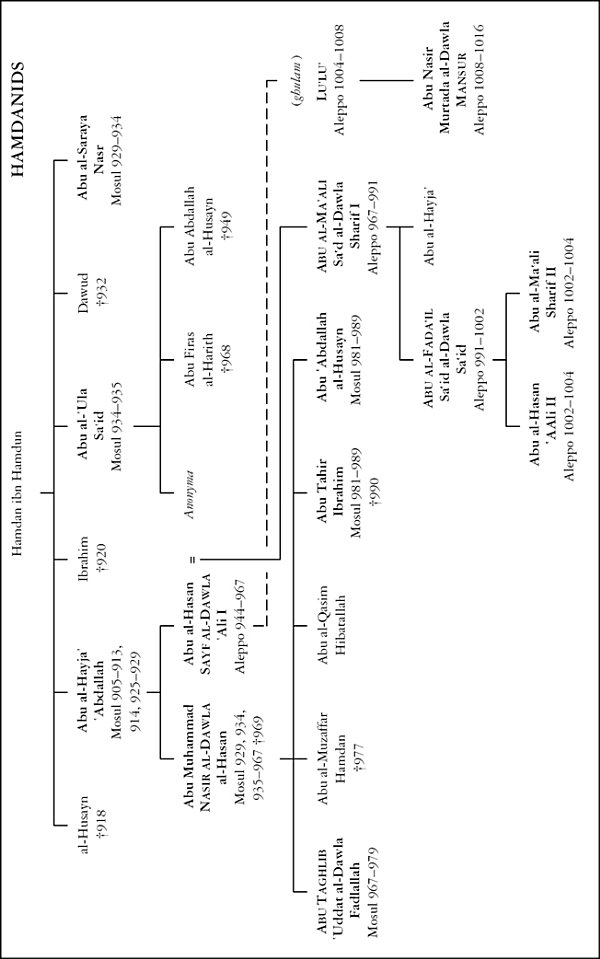
The Byzantines were not a warlike people. They did not typically raise their children to fight with weapons, as happened in many societies around them. Their strategy was famously cautious and defensive. They preferred to pay their enemies either to go away or to fight among themselves. Likewise, the court at the heart of their empire sought to buy allegiance with honors, fancy titles,
That desperation stemmed from the dark side of Byzantine politics: the emperor was always vulnerable to the ambitions of domestic rivals, who resorted to murderous plots and civil war. If gold failed to make an emperor popular, or if he and the site was renamed the Mountain of Blood. One emperor came to be known as the White Death of the Saracens, another as the Bulgar Slayer.
The tide would turn during the eleventh century. Three new enemiesthe Normans, Pechenegs, and Seljuk Turkswould fall upon the empire and strip it of many of its conquests. It was now the turn of the Byzantines to suffer horribly, as rivers of The present book recounts this sudden rise and fall of an empire on the cusp of the millennium, an empire torn by its own contradictions and threatened by the powers that would fashion a new world. It tells the story of how the streams of gold were drowned by the blood of politics and war.
The years between 955, when the general Nikephoros Phokas was placed in command of the army and launched a strategy of aggressive conquest, and 1081, when the general Alexios Komnenos seized the throne amidst imperial collapse and political chaos, were a pivotal period in Byzantine history. During this time, Byzantium embarked on a series of spectacular conquests, first in the southeast against the Arabs, then in Bulgaria, and finally also in Georgia and Armenia. By the early eleventh century, the empire was the most powerful state in its geostrategic environment and seemed to have no credible rivals. It was also expanding economically, demographically, and, in time, intellectually too. Yet imperial hegemony came to a crashing end in the third quarter of the eleventh century, when political disunity, fiscal mismanagement, and defeat by the Seljuks in the east and the Normans in the west forced Byzantium to fight for its very survival. It gradually had to settle for being one power among many, and just over a century later it was conquered and dismembered by the crusaders. Byzantium fell behind the curve of history and would never catch up to its peers, especially in the west. Such dramatic fluctuations had not been typical of its past history. How did this happen? What strategies, policies, and personalities shaped the rapid rise and even more rapid collapse of Byzantine power in less than 150 years?
Next page
